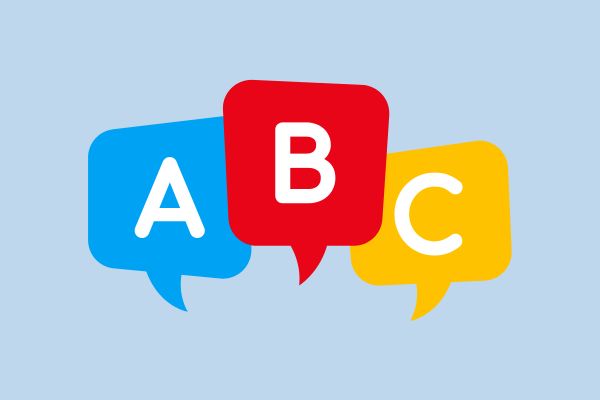Comparatives in English Grammar

Comparatives are linguistic constructs that indicate the degree of difference between two or more items or concepts. They are used when we want to show that one thing has more or less of a particular quality or characteristic than another.
By using comparatives, we create a spectrum of comparison, allowing us to describe differences and similarities and make distinctions between various entities or ideas.
Rules for Forming Comparatives
To form comparatives in English, we generally add “-er” to the end of adjectives or use “more” before the adjective. Let’s explore the rules for forming comparatives:
1. Short Adjectives
For most short adjectives (those with one or two syllables), we add “-er” to the end of the adjective to form the comparative.
Examples:
- The elephant is bigger than the mouse.
- She is smarter than her brother.
2. Long Adjectives
For longer adjectives (those with three or more syllables), we use “more” before the adjective to form the comparative.
Examples:
- The concert was more entertaining than the movie.
- This book is more interesting than the last one.
3. Irregular Comparatives
Some adjectives have irregular comparative forms that do not follow the “-er” or “more” pattern.
Examples:
Good -> Better
Bad -> Worse
Far -> Farther/Further
Using “Than” with Comparatives
When comparing two things, we use “than” after the comparative form of the adjective.
Examples:
- She is taller than her sister.
- The blue dress looks better than the green one.
Comparing Three or More Things
When comparing three or more things, we use “than” after the comparative form of the adjective and do not repeat “than” before each item.
Example:
She is taller than her sister and her cousin.
Functions of Comparatives
Comparatives serve various essential functions in language, allowing us to express degrees of difference and make comparisons between entities or concepts.
1. Expressing Degrees of Quality
The primary function of comparatives is to describe the degree of difference in quality, size, or intensity between two or more items.
Example:
The coffee is hotter than the tea.
2. Making Comparisons
Comparatives enable us to compare and contrast different items or concepts, providing a basis for decision-making or evaluation.
Example:
This laptop is cheaper than the one I saw yesterday.
3. Expressing Preferences
Comparatives are used to express preferences by indicating which of two or more options is favored.
Example:
I prefer the blue shirt over the green one.
4. Indicating Improvements or Declines
Comparatives can indicate improvements or declines in quality, quantity, or performance.
Example:
Her grades are getting better this semester.
Common Mistakes with Comparatives
While comparatives add depth to our language, some common errors can occur in their usage. Let’s address these mistakes to ensure accurate and effective communication.
1. Using “More” with Short Adjectives
Avoid using “more” before short adjectives; use the “-er” form instead.
Incorrect: The house is more bigger than the apartment.
Correct: The house is bigger than the apartment.
2. Incorrect Irregular Comparatives
Be mindful of the correct forms of irregular comparatives.
Incorrect: She is gooder at math than her friend.
Correct: She is better at math than her friend.
3. Repeating “Than” with Three or More Items
When comparing three or more things, do not repeat “than” before each item.
Incorrect: She is taller than her sister than her cousin.
Correct: She is taller than her sister and her cousin.
Calling all law aspirants!
Are you exhausted from constantly searching for study materials and question banks? Worry not!
With over 15,000 students already engaged, you definitely don't want to be left out.
Become a member of the most vibrant law aspirants community out there!
It’s FREE! Hurry!
Join our WhatsApp Groups (Click Here) and Telegram Channel (Click Here) today, and receive instant notifications.




